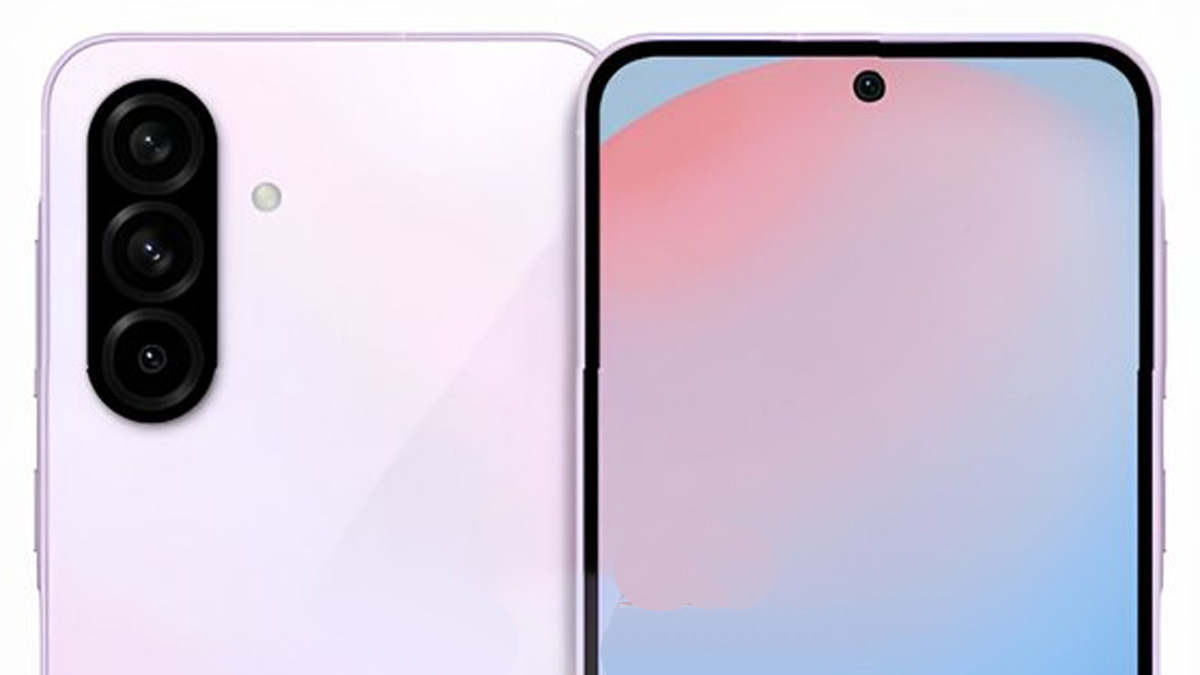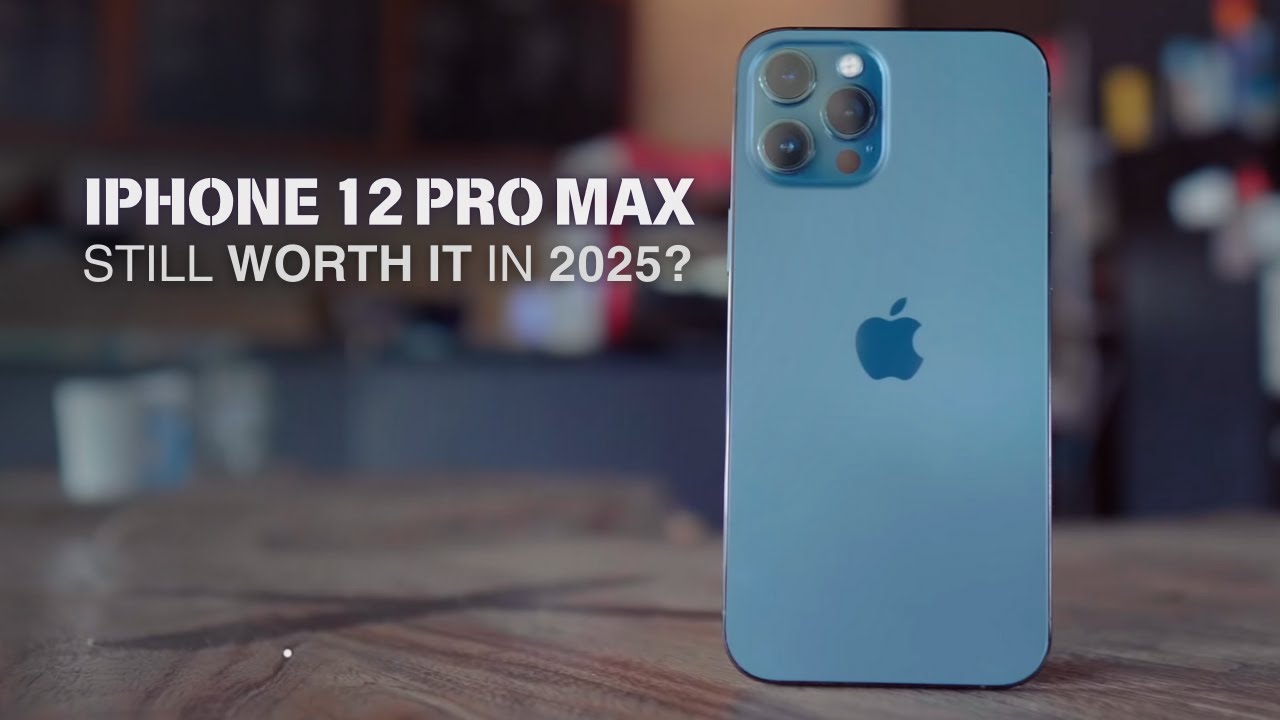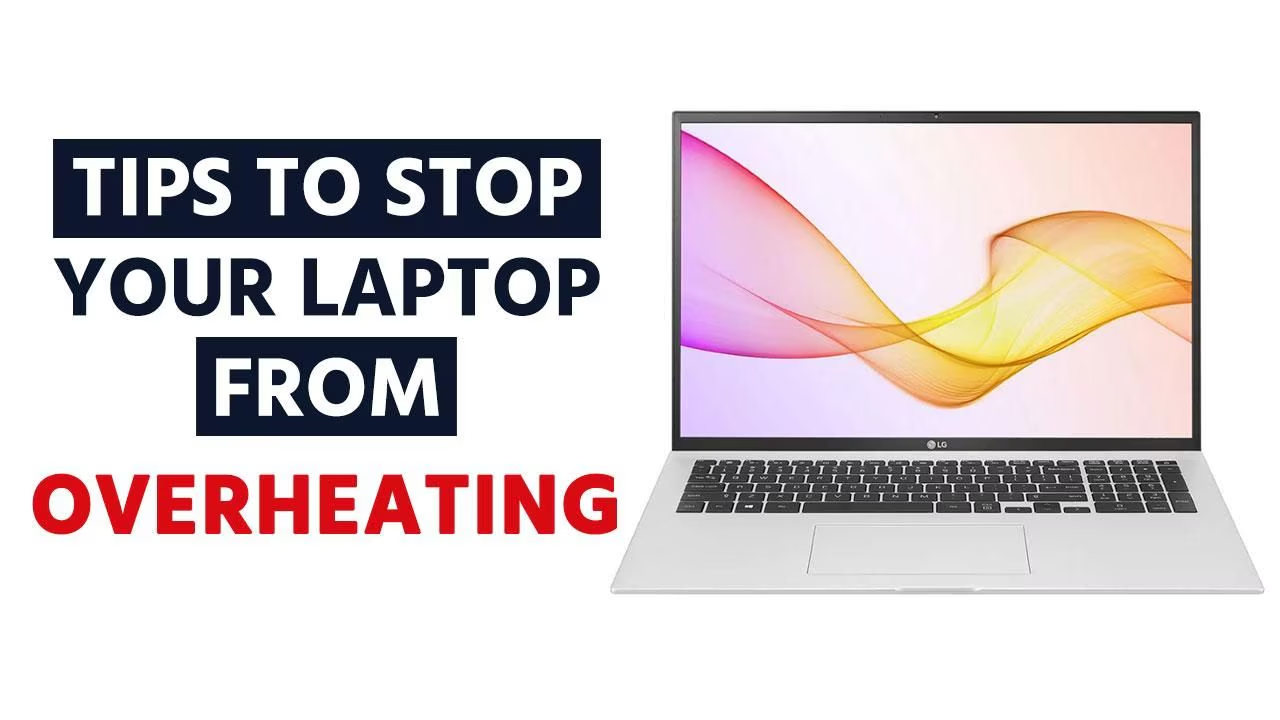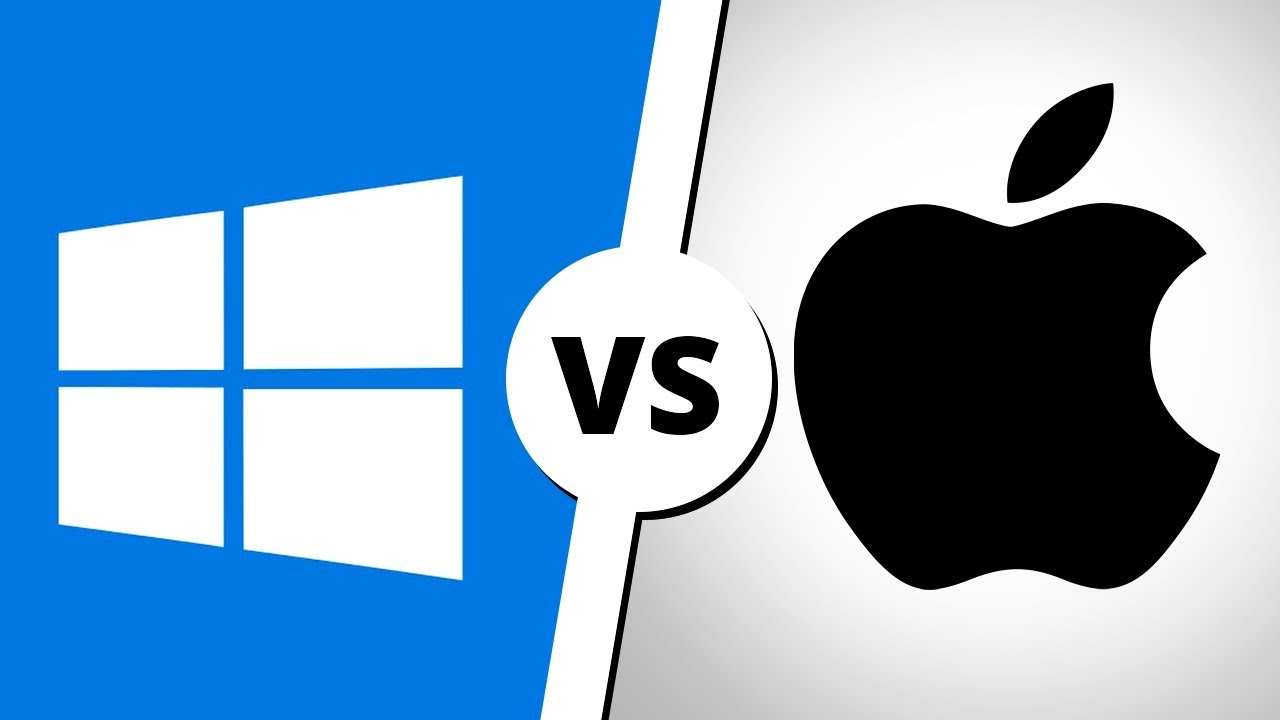What Are AI-Powered Smart Glasses and How Do They Work?
Introduction to AI-Powered Smart Glasses
Artificial intelligence (AI) has revolutionized countless industries, from healthcare to finance, and now it’s making waves in the world of wearable tech. One of the most exciting innovations is the AI-powered smart glasses. But what exactly are they, and how do they work?
In essence, AI-powered smart glasses are more than just a pair of spectacles. They’re wearable devices that integrate artificial intelligence with augmented reality (AR) features, providing a fully immersive and interactive experience. Whether you’re looking for a hands-free assistant, enhanced navigation, or real-time data analysis, these glasses promise to change the way we interact with the world.
The Evolution of Smart Glasses

Smart glasses aren’t a new concept. The journey began with Google Glass, the first major attempt to bring a high-tech wearable to the market. These glasses featured a small display that provided users with real-time information, such as navigation directions and notifications.
However, it wasn’t until AI was introduced into the mix that the true potential of smart glasses began to shine. The addition of AI allowed the glasses to process data in real-time, recognize objects, and even respond to voice commands—ushering in the modern era of AI-powered smart glasses.

Today, companies like Microsoft, Ray-Ban, and Vuzix are pushing the boundaries, integrating cutting-edge technology into their designs. The focus has shifted from simply displaying information to offering advanced features like voice assistants, AR, and health monitoring.
Read Also The Rise of Chinese Tech: How China is Dominating AI, EVs, and More
How AI-Powered Smart Glasses Work
AI-powered smart glasses work by combining sensors, cameras, and AI algorithms to provide users with an augmented reality experience. Here’s how they function:
-
Sensors and Cameras: Smart glasses are equipped with sensors and cameras that continuously capture data from the environment. These sensors can detect things like movement, temperature, and even gestures, while cameras can capture images and videos of the surroundings.
-
Real-Time Data Processing: The captured data is then processed in real-time by onboard AI algorithms. This means that the glasses can instantly analyze the environment, recognize objects, and even interact with them.
-
AI Algorithms: AI is the brains behind these smart glasses. Through machine learning, the AI can improve its ability to recognize patterns, understand voice commands, and provide tailored recommendations to users.
Key Features of AI-Powered Smart Glasses
The features of AI-powered smart glasses vary depending on the brand, but here are some common capabilities:
Voice Assistants and Interaction
One of the most compelling features of AI-powered smart glasses is the integration of voice assistants like Amazon Alexa or Google Assistant. With a simple voice command, users can ask for directions, send messages, or even control other smart devices.
Augmented Reality (AR) Capabilities
Smart glasses often include AR features, allowing users to overlay digital information onto the physical world. For example, you might see navigation directions displayed directly on your glasses, helping you navigate streets without looking down at your phone.
Image and Object Recognition
AI-powered smart glasses are capable of identifying objects and people in real-time. This feature can be particularly useful for industries like healthcare, where doctors might use AR to display relevant medical information about a patient during a consultation.
Health and Fitness Monitoring
Some smart glasses come with sensors that track health metrics like heart rate, calories burned, and steps taken. This can be especially useful for fitness enthusiasts or anyone interested in monitoring their health data without needing a separate wearable device.
Navigation and Mapping Features
Navigating through unfamiliar streets can be made easier with smart glasses. The AI integrates with AR to provide real-time directions right in your line of sight, without having to glance at a screen.
Benefits of AI-Powered Smart Glasses
There are several reasons why people are excited about AI-powered smart glasses:
-
Hands-Free Operation: With voice commands and real-time data analysis, you can accomplish tasks without having to take out your phone or touch any buttons.
-
Enhanced Productivity: For professionals, smart glasses can improve efficiency by displaying important information directly in your line of sight, allowing you to multitask more effectively.
-
Improved Accessibility: AI-powered smart glasses can assist people with disabilities. For example, visually impaired individuals can use object recognition features to identify their surroundings.
-
Personalized Experience: Thanks to AI algorithms, smart glasses can adapt to the user’s preferences, offering a personalized experience over time.
Read Also Top 10 Laptop Bags for Travel in 2025: Stylish and Durable Options
Popular Brands of AI-Powered Smart Glasses
As AI-powered smart glasses gain popularity, several companies have entered the market, each offering their unique take on wearable tech:
-
Google Glass:

Google Glass The first major product in the category, Google Glass laid the foundation for AI-powered smart glasses, though it was initially aimed at developers and enterprise use.
-
Microsoft HoloLens:

Microsoft HoloLens Primarily targeted at enterprise solutions, the HoloLens is a mixed-reality headset that offers a wide range of AR and AI features for industries like healthcare and manufacturing.
-
Ray-Ban and Facebook Collaboration:

Ray-Ban and Facebook Collaboration In 2021, Ray-Ban partnered with Facebook to release smart glasses that integrate with Facebook’s ecosystem, allowing users to make calls, listen to music, and more.
-
Vuzix:

Vuzix Vuzix specializes in AR glasses that offer enterprise-level solutions, such as hands-free communication for workers in industrial settings.
Applications of AI-Powered Smart Glasses
AI-powered smart glasses have a wide range of applications across various industries:
-
For Professionals and Enterprise Use: Smart glasses can be used in the workplace to improve productivity, especially for field workers who need hands-free access to information.
-
In the Healthcare Industry: Doctors can use smart glasses for hands-free access to medical records and real-time information during procedures.
-
In Retail and Shopping: Retailers can use smart glasses to enhance customer experiences by providing personalized recommendations and real-time inventory checks.
-
For Gaming and Entertainment: With AR and AI, smart glasses can offer immersive gaming experiences, blending the virtual and real world in real-time.
-
For Fitness and Wellness: Fitness trackers can now be worn in the form of smart glasses, making it easier to monitor your health during workouts.
The Future of AI-Powered Smart Glasses
As technology evolves, so too does the potential for AI-powered smart glasses. Some of the key advancements we can expect include:
-
Integration with 5G Networks: With 5G’s high-speed connectivity, AI-powered smart glasses will be able to process and deliver information even faster, making them even more effective.
-
More Advanced AI Algorithms: Future versions will likely include more sophisticated AI, improving object recognition, natural language processing, and personalization.
-
Broader Consumer Adoption: As prices decrease and features improve, more consumers will likely adopt smart glasses for everyday use.
How AI-Powered Smart Glasses Compare to Other Wearables
While smartwatches and fitness trackers are popular, AI-powered smart glasses offer unique advantages:
-
Smartwatches:

Smartwatches While smartwatches are excellent for notifications and health monitoring, smart glasses provide a hands-free experience and immersive AR features.
-
AR Headsets:

AR Headsets Unlike bulky AR headsets, AI-powered smart glasses are lightweight and more discreet, making them more practical for everyday use.
Potential Drawbacks of AI-Powered Smart Glasses
As with any technology, AI-powered smart glasses come with their own set of challenges:
-
Battery Life: Due to their reliance on real-time data processing and sensors, battery life can be a concern.
-
Social Perception: Some people may find the idea of wearing smart glasses intrusive or uncomfortable, raising questions about privacy.
-
Cost: High-end models can be expensive, making them less accessible to the average consumer.
-
Limited App Ecosystem: The app ecosystem for smart glasses is still growing, and it may take time for developers to fully embrace the platform.
How to Choose the Right AI-Powered Smart Glasses for You
When choosing AI-powered smart glasses, consider the following:
-
Compatibility: Ensure the glasses are compatible with your smartphone, computer, or other devices.
-
Features: Prioritize features like voice control, AR, and battery life based on your needs.
-
Price: While advanced models offer great features, they can be pricey. Choose a model that fits your budget and requirements.
Conclusion: AI-Powered Smart Glasses—The Future is Here
AI-powered smart glasses are changing the way we interact with technology. With their advanced features like AR, voice assistants, and real-time data processing, these glasses offer unprecedented convenience and productivity. Whether you’re a professional, a fitness enthusiast, or just someone interested in the future of wearable tech, AI-powered smart glasses have something to offer.
Read Also 10 Benefits of Using Cloud Storage Instead of External Hard Drives
FAQs
-
What is the difference between smart glasses and AI-powered smart glasses?
AI-powered smart glasses use artificial intelligence for features like object recognition, real-time data processing, and enhanced user interaction. Regular smart glasses may offer basic functions like notifications but lack the advanced AI features. -
Can AI-powered smart glasses be used for gaming?
Yes, AI-powered smart glasses with AR capabilities can provide an immersive gaming experience, blending virtual elements with the real world. -
Are AI-powered smart glasses safe to wear?
AI-powered smart glasses are safe to wear, though you should ensure that the manufacturer has addressed privacy concerns and the glasses are designed to be comfortable for prolonged use. -
How long do AI-powered smart glasses last on a single charge?
Battery life varies depending on the model, but on average, AI-powered smart glasses can last between 4 to 8 hours on a full charge. -
What is the cost range for AI-powered smart glasses?
Prices for AI-powered smart glasses typically range from $200 to over $1000, depending on the features and brand.







































